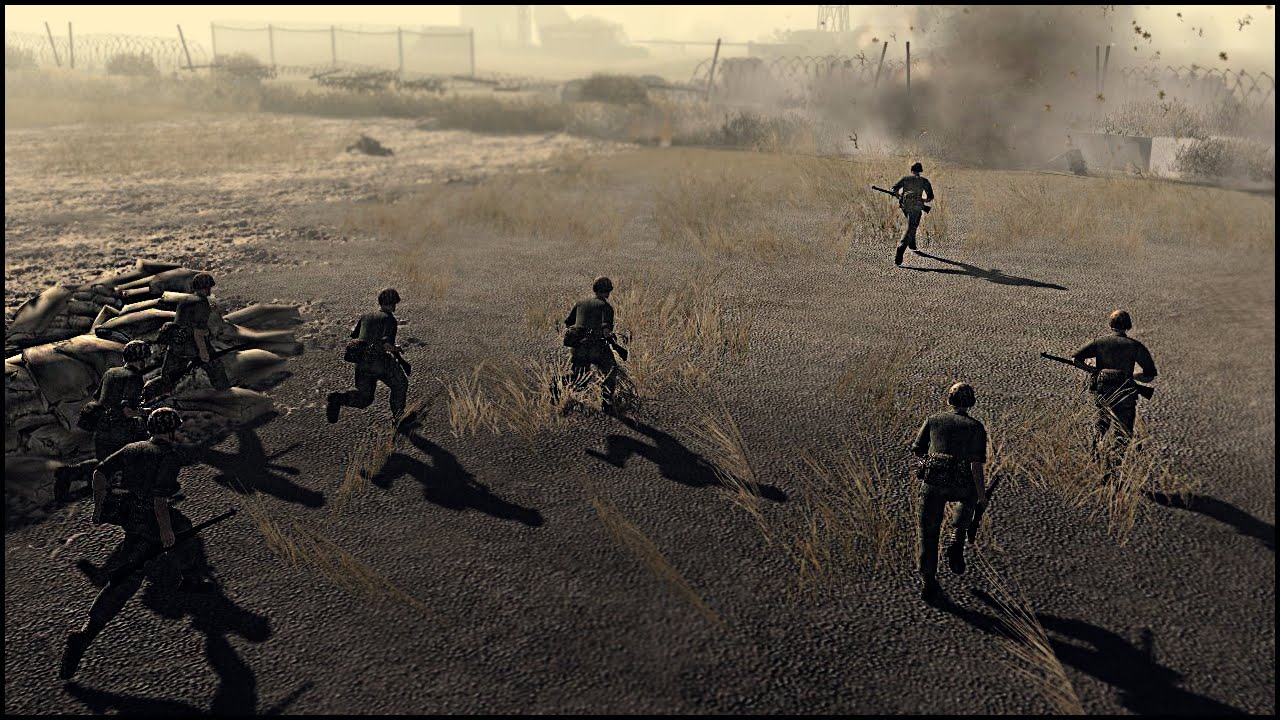

Holodomor, which fuses the Ukrainian words for starvation and inflicting death, claimed the lives of around 3.9 million people, or approximately 13 percent of the Ukrainian population, in the early 1930s. By leaving out Ukraine’s short-lived but hard-fought period of independence in the early 20th century, Putin overlooks the country’s sovereignty, says Dobczansky.Ī nationalist rally in Kyiv in January 1917Īlso omitted from this version of events are the genocide and suppression that took place under Soviet rule-most famously the Great Famine. Ukrainians continued to fight for independence until 1922, when they were defeated by the Soviets and became the Ukrainian Soviet Republic of the Union of Soviet Socialist Republics (U.S.S.R.). Almost all of these experts begin their accounts with the fall of the Russian Empire, when tens of thousands of Ukrainians fought against the Bolshevik Red Army to establish the Ukrainian People’s Republic. “It’s really just a stunningly cynical attempt to fight an information war and influence people's opinions,” he adds.ĭobczansky is among a group of scholars who have publicly challenged Putin’s version of the Nazi occupation of Ukraine and the years of Soviet rule it’s sandwiched between.

Putin has drawn on this period in history to portray any Ukrainian push for sovereignty as a Nazi endeavor, says Markian Dobczansky, a historian at Harvard University’s Ukrainian Research Institute. Under the German occupation of Ukraine, between 19, some Ukrainian independence fighters aligned themselves with the Nazis, whom they viewed as saviors from Soviet oppression. In Putin’s telling, the modern Ukrainian independence movement began not in 1917 but during World War II.
World in conflict game russian invasion how to#
The debate over how to remember this wartime history, as well as its implications for Ukrainian nationalism and independence, is key to understanding the current conflict. Russia soon wrested back control of Ukraine, making it part of the newly established Soviet Union and retaining power in the region until World War II, when Germany invaded. Over the centuries, the Russian and Austro-Hungarian Empires, Poland, and Lithuania have all wielded jurisdiction over Ukraine, which first asserted its modern independence in 1917, with the formation of the Ukrainian People’s Republic. Residents of Kyiv leave the city following pre-offensive missile strikes by Russian armed forces on February 24, 2022.

created a complex fabric of multiethnic states.” “any conquests by warring factions and Ukraine’s diverse geography. The “historical reality” of modern-day Ukraine is more complex than Putin’s version of events, encompassing “a thousand-year history of changing religions, borders and peoples,” according to the New York Times. After Ukraine declared its independence in 1991, the president argued, Ukrainian leaders “began to mythologize and rewrite history, edit out everything that united, and refer to the period when Ukraine was part of the Russian Empire and the Soviet Union as an occupation.” In an essay published on the Kremlin’s website in Russian, Ukrainian and English last July, Putin credited Soviet leaders with inventing a Ukrainian republic within the Soviet Union in 1922, forging a fictitious state unworthy of sovereignty out of historically Russian territory.

Before Russian forces fired rockets at the Ukrainian capital of Kyiv seized Chernobyl, site of the world’s worst nuclear accident and attacked Ukraine’s second-largest city, Kharkiv, Russian President Vladimir Putin shared some choice words.


 0 kommentar(er)
0 kommentar(er)
